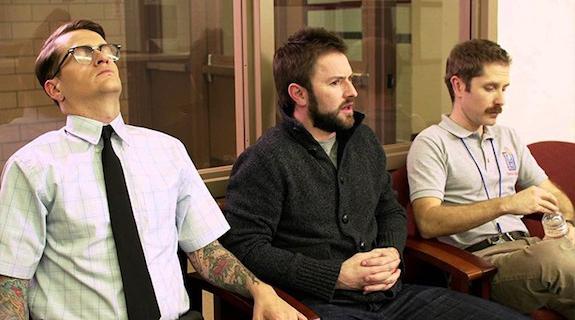Comedy, as a TV genre, is a fickle beast: what is funny one second won’t necessarily be funny the next. So at the 2016 New York Television Festival on Monday, a panel of experts weighed in with tips on staying ahead of the comedic curve.
Most successful shows, panel members agreed, start with the talent.
“You have to start with the talent first; it has to feel organic,” said Chris Linn, head of programming for truTV at Turner Entertainment.
“My least favorite question in a pitch is: ‘What are you guys looking for?’” said Sarah Babineau, SVP, original programming and development, East Coast division, Comedy Central.
Talent agent C.C. Hirsch with Creative Artists Agency agreed, noting that crafting an idea around what you think a particular network wants never works.
“If you try to think of their [the networks’] needs and their buckets first, it just doesn’t work that way.”
So if all good comedy starts with the talent, then what is the best way to link talent and new ideas with producers and networks?
The old-fashioned method of identifying stand-up acts with potential still works, the experts said, but so do newer, digital methods such as YouTube, Snapchat and Twitter.
“For Comedy Central, standup was the development pipeline forever and it still very much is. But now we have another pipeline, which is digital,” said Babineau.
Hirsch agreed. “Talent is everywhere and can be everywhere – just like content. It’s an amazing time for both. You can essentially be in anybody’s pocket at any time.” She added: “YouTube, blogs, podcast—these are great entry points.”
But as moderator Marc Chamlin, partner and chair of television at law firm Loeb & Loeb LLP, put it: “The television universe is remarkably fragmented today. The viewer has to figure out what shows they’re going to watch and where they are going to watch them.”
So even if your talent and your content is funny, reaching and keeping an audience isn’t a given. How can networks and marketers accomplish this in such a competitive environment?
It’s all about “shareability.”
“When we started to identify the new brand for truTV, we intentionally leaned into comedy because comedy is one of the most shareable things,” said Linn. “We leaned heavily into social and digital promotion; we need the audience to evangelize for us. There is still value, particularly in New York or L.A., for old school billboards. But more and more your research will tell you that 90 percent of people find content through word of mouth and more often than not, that’s through social.”
So it’s important, when conceptualizing a show, to think about it in terms of “shareability,” said C.C. Hirsh. She encouraged creators to ask themselves: How does this show break down into shareable bits? How can this travel?
Another challenge for creating good comedy is how to accurately reflect and connect with an audience who is often much more diverse than the comedy industry has a reputation for being.
“It’s incumbent upon us to accurately reflect our audience,” said Linn. “One of the challenges within comedy is that it’s sort of been a white-guy business.”
Part of that effort starts with hiring practices at the networks and agencies.
“We need to make sure we have diverse teams of people working for us who get the references that maybe not everyone in the room gets—that has been a problem in the past,” Linn said.
But Linn added that it’s important not to underestimate what an audience may find relatable, no matter their color or background.
“As the world evolves and as we have greater connections to one another, I think we’re all learning to appreciate different styles of humor,” Linn said, noting audiences are hungry for new things and there’s a lot of appetite out there for something different.
[Image of truTV’s Those Who Can’t courtesy of truTV]
Tags:













































__twocolumncontent.jpg)











